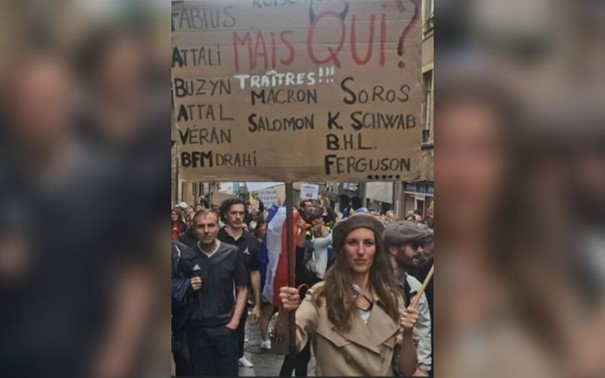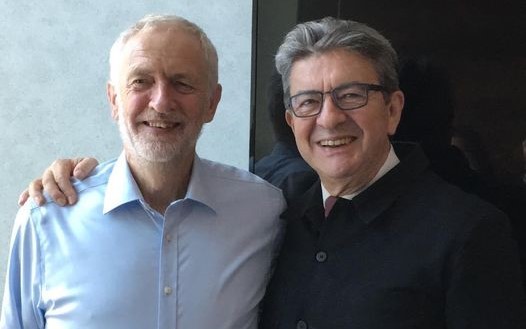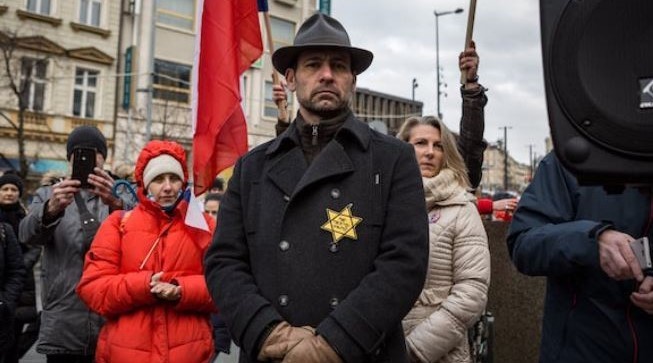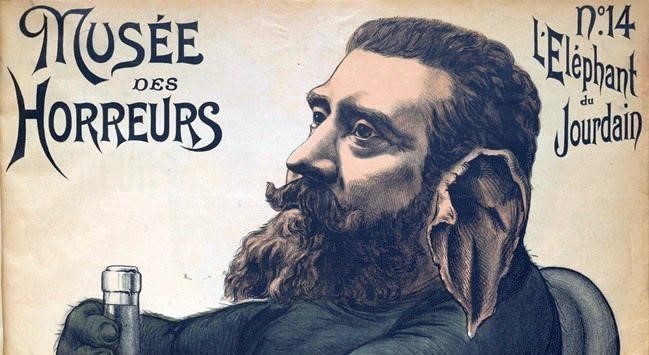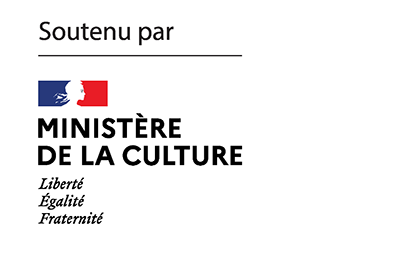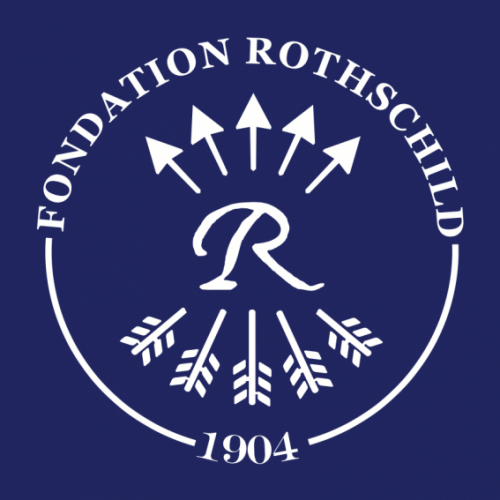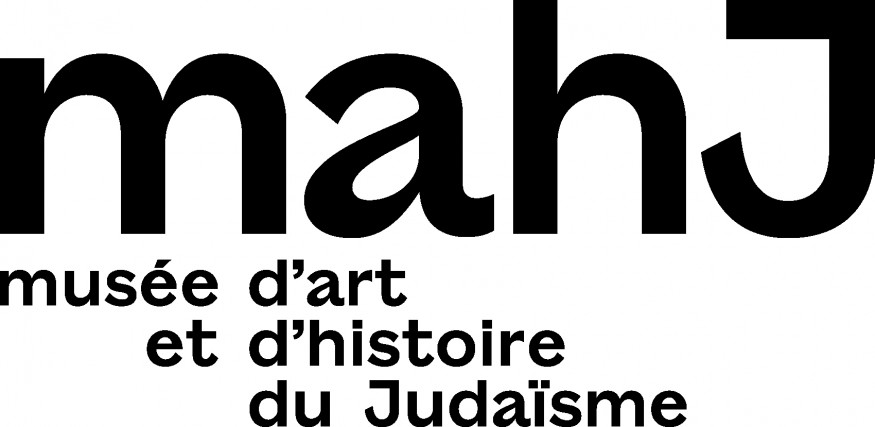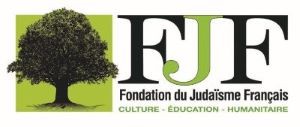Article by Rudy Reichstadt
On October 20, Cassandre Fristot’s judgment was rendered by the French Court. So we wanted to go back to the rhetoric of the poster, and its “Who?”, brandished by this far-right activist during a demonstration against the health pass. The image quickly went viral in France. It provides a model of anti-Semitism to be decoded, where the speaker has to say what he thinks while hiding and encoding the violence of his words in order to make them circulate in the public space.
Jean-Luc Mélenchon’s astonishing statement about the sudden occurrence of a “major event” during the next presidential election has been widely commented upon. However, what is most surprising here is the astonishment itself that these remarks have provoked. There is nothing new in Mélenchon’s dabbling in conspiracy theories, underestimation of the seriousness of anti-Semitism and concomitant scolding of those who dare to worry about it.
In his column, Rudy Reichstadt,returns to the growing presence of the yellow star in demonstrations (against the vaccine, against health restrictions linked to Covid, etc.): an instrumentalization that testifies both to a pathology of the memory of the Holocaust and to a crisis of the rhetoric of protest.
At regular intervals, Rudy Reichstadt, the director of the Internet website Conspiracy Watch, will write for K. a column on anti-Jewish conspiracy theories in Europe. First of all, let’s take a look at the frequency with which anti-Semitic motifs appear in contemporary conspiracy culture.
Join us
With the support of:
Thanks to the Paris office of the Heinrich Böll Foundation for their cooperation in the design of the magazine’s website.
